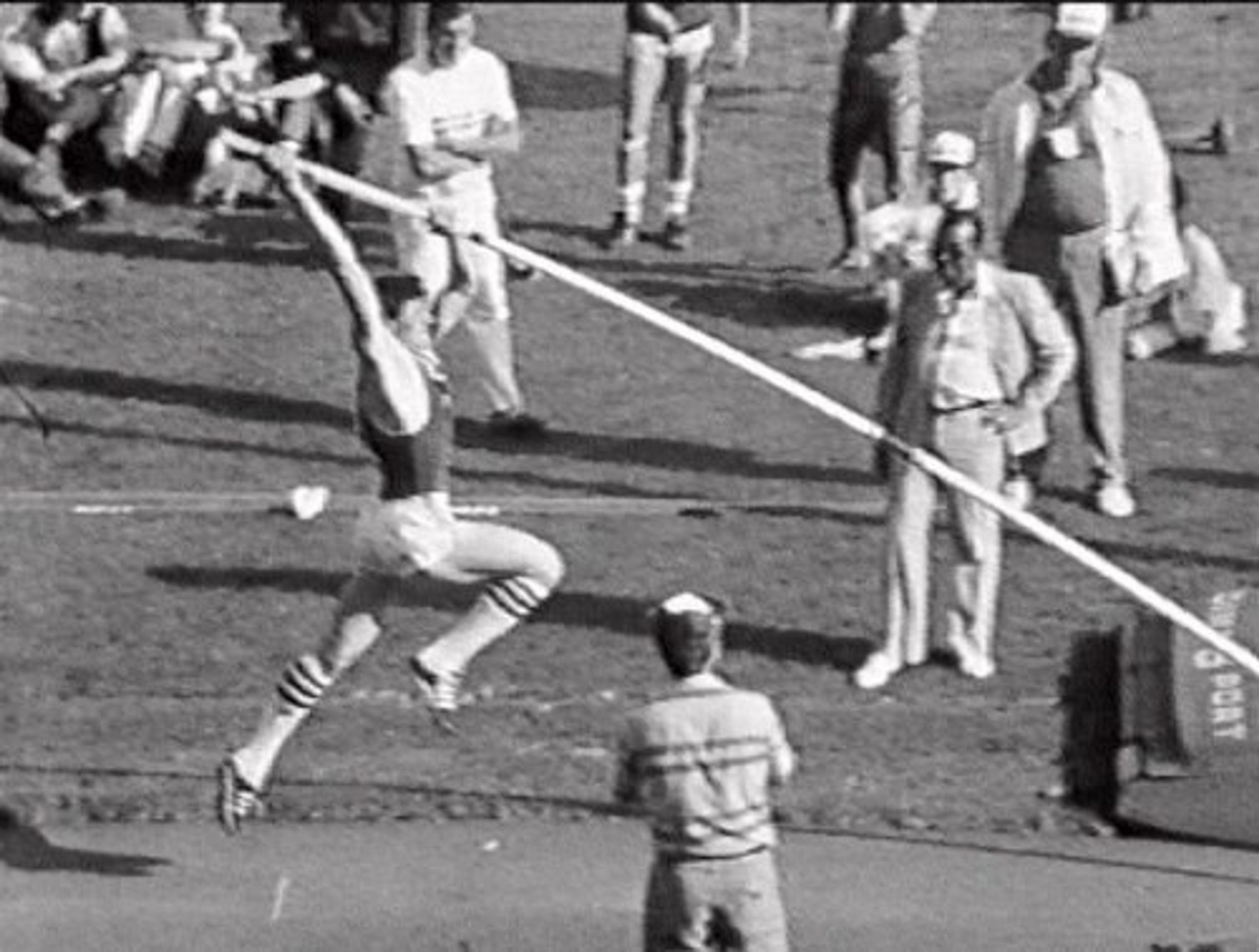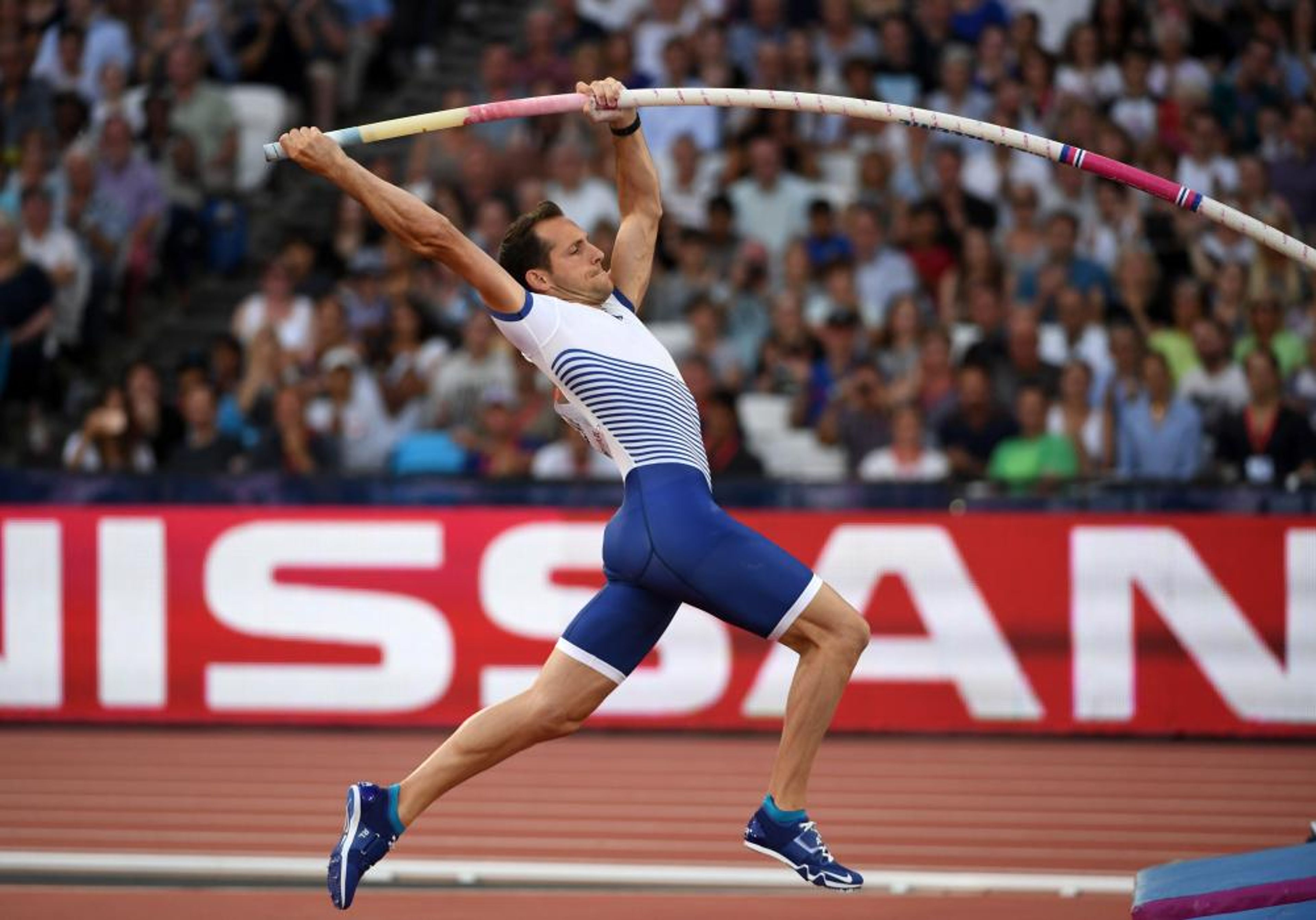The Pole Vault Plant: Achieving the Optimal Takeoff
Master pole vaulting by perfecting the plant phase. Learn to avoid "planting under," optimize takeoff, and incorporate key drills to enhance performance, reduce injury risk, and achieve higher vaults.
The Pole Vault Plant: Planting Under and Achieving the Optimal Takeoff
In the pole vault, the plant phase is critical for a successful vault. It transitions the vaulter from the run-up to the takeoff, transferring speed and momentum into the pole to achieve maximum height. This guide will cover the technical aspects of the plant, the issues with planting under, and the benefits of taking off "on" or "out."
What Does It Mean to be "Planting Under"?
"Planting under" refers to a situation where the vaulter's takeoff foot lands too close to the pole vault box. This positioning can cause several issues, including lower vault heights and increased strain on the body, leading to injuries like lower back pain.
Identifying Planting Under
1. Foot Placement:
- Your takeoff foot should ideally be directly under or slightly ahead of your body. If it lands towards the box, you are planting under.
2. Body Alignment:
- At takeoff, if your body forms a right angle with the ground at a certain height (e.g., 11'), but your takeoff point is at a lower height (e.g., 10'), you are under by 1'.
3. Pole Position:
- When planting under, the pole tip often doesn't reach the back of the box effectively, disrupting the energy transfer.
4. Hand Position:
- Your top hand should be as high as possible, aligning with the pole and the ground. If your toe is under this line, you are planting under.
Risks and Consequences of Planting Under
1. Reduced Energy Transfer:
- Planting under limits the efficient transfer of speed and power into the pole, reducing the height of the vault.
2. Increased Strain:
- Improper foot placement and body alignment put additional strain on the lower back and shoulders, increasing the risk of injuries.
3. Inefficient Technique:
- Poor technique leads to an inefficient pole bend and recoil, compromising overall performance.
Fixing Planting Under
1. Run Upright with High Knees:
- Ensure an upright running posture and high knees to maintain proper alignment and timing.
2. Jump at Takeoff:
- Focus on jumping at takeoff instead of running through it. This technique helps in proper foot placement and prevents planting under.
3. Timing the Plant:
- An on-time plant is crucial. Practice coordinating the plant with the takeoff step to avoid being under.
4. Drills to Correct Planting Under:
- Walking Plant Drills:
- Practice planting motion while walking to focus on hand placement, pole position, and foot alignment. Gradually increase speed to jogging and running.
- Three-Step Plant Drills:
- From a short approach, practice planting the pole with emphasis on timing and coordination of hands and feet.
- Pole Runs:
- Perform pole runs, ensuring the tip doesn't touch the ground until the takeoff foot is well off the ground.
- Sand Pit Drills:
- Practice taking off from a sand pit to emphasize correct foot placement and body alignment.
Taking Off "On" or "Out"
1. Taking Off "On":
- Definition:
- The takeoff foot lands directly under the vaulter’s body.
- Benefits:
- Optimal energy transfer, balanced technique, and reduced strain, resulting in higher vaults.
2. Taking Off "Out":
- Definition:
- The takeoff foot lands slightly ahead of the vaulter’s body.
- Benefits:
- Encourages a more aggressive jump, better pole penetration, and improved body dynamics, leading to higher vaults.
Conclusion
Mastering the pole vault plant is essential for achieving high and efficient vaults. Avoid planting under by focusing on correct foot placement and body alignment. Aim to take off "on" or "out" to maximize energy transfer, reduce injury risk, and enhance overall performance. Incorporate these drills into your training to refine your technique and reach new heights in pole vaulting.





